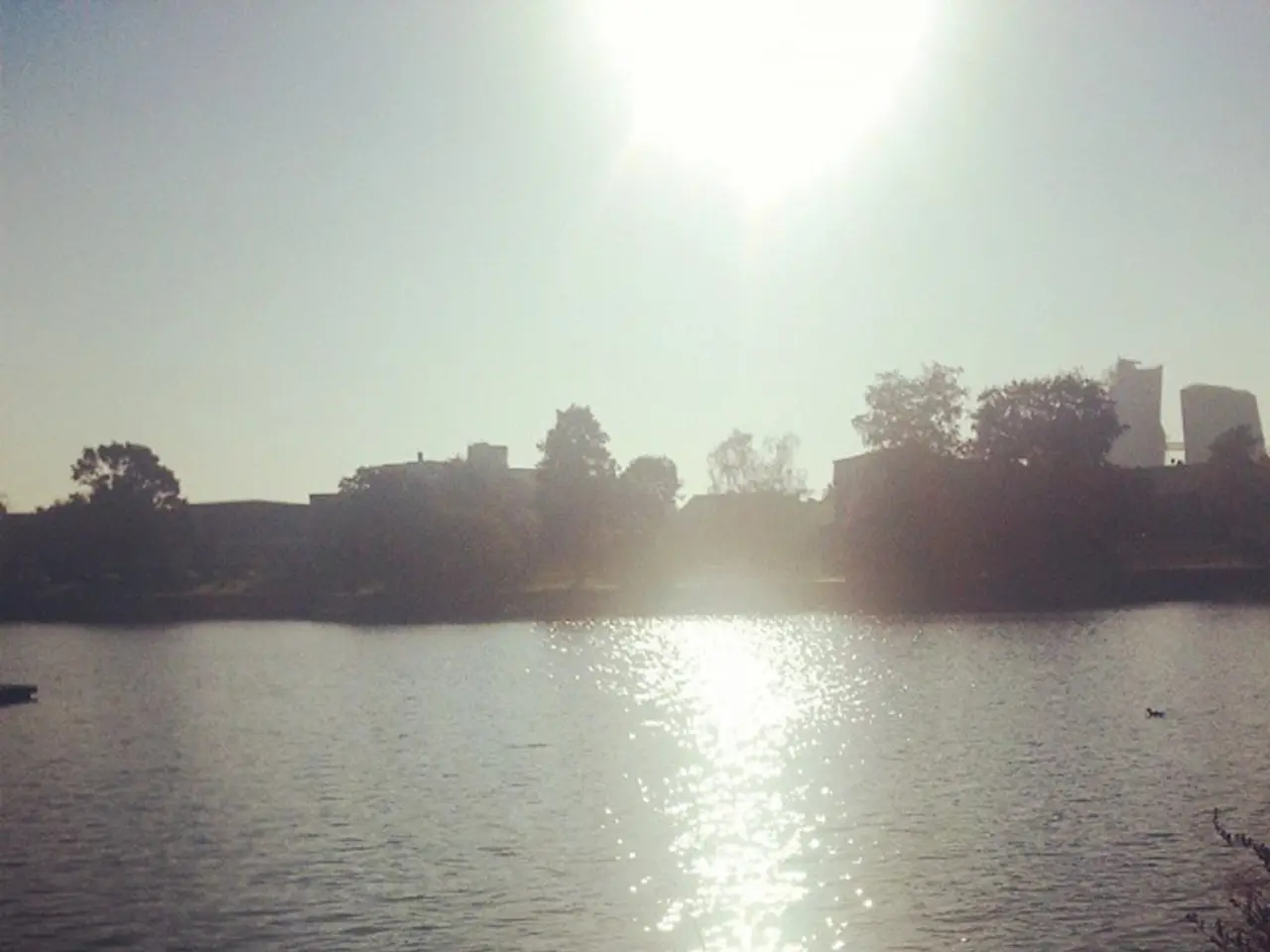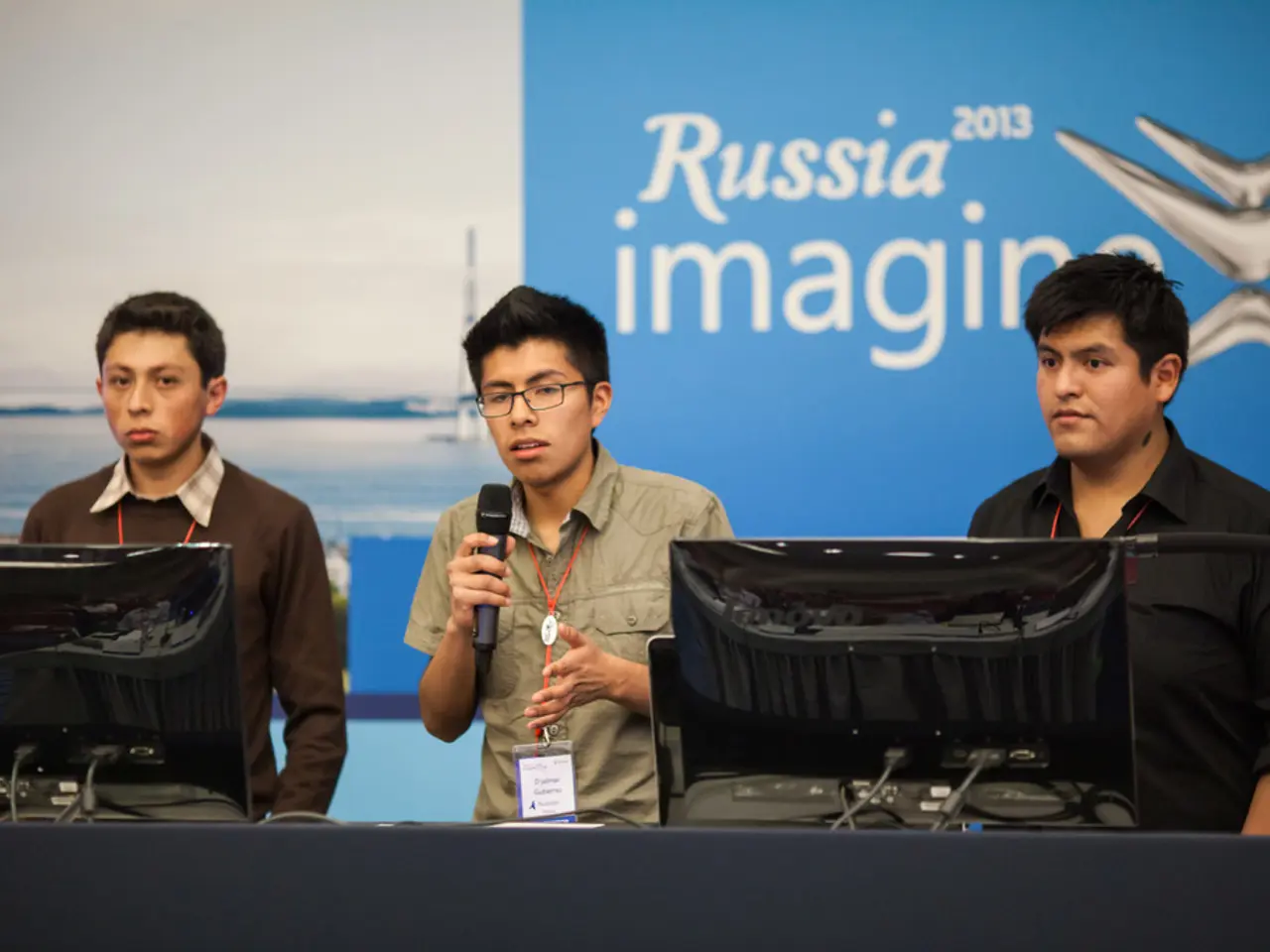Revolutionary Space Venture: A Decade-Long Project Capturing a Dynamic Timelapse of the Cosmos - Vera C. Rubin Observatory
The Vera C. Rubin Observatory, named after the trailblazing astronomer who discovered evidence for dark matter, reached a significant milestone on June 23, 2025, with its first light and the release of initial images. Following this momentous occasion, the facility is moving towards full operations and is expected to officially begin its 10-year Legacy Survey of Space and Time (LSST) later in 2025.
The observatory's large camera, the world's largest ever built, was installed in March 2025, marking the completion of the major construction phase. After capturing its first images in June, the Rubin Observatory entered the commissioning phase, with plans to start full science survey operations in the latter half of 2025.
Once fully operational, the observatory will perform automated wide-field sky surveys, repeatedly scanning large sky areas with 30-second exposures, over a decade to build an unprecedented time-lapse astronomical dataset. The full scientific survey, the LSST, is planned to run continuously for 10 years, producing a comprehensive dynamic map of the southern sky.
The first images from the Vera C. Rubin Observatory revealed stunning, zoomed-in views of the Trifid and Lagoon nebulas, and a snapshot of space revealing roughly 2,100 newly discovered asteroids. The observatory's primary mirror, 27.6 feet (8.4 meters) wide, is equipped with the LSSTCam, a 3,200-megapixel camera fitted with six of the largest optical filters ever produced to see the universe in different wavelengths of light.
Within a year of going live, the giant telescope may have produced enough data to find Planet Nine, a hypothetical world that may lurk at the outer reaches of our solar system, or rule it out forever. The observatory, located in Chile at an altitude of 8,900 feet (2,700 m) on Cerro Pachón, is also expected to identify as-yet-unseen interstellar comets, free-floating stars, and rogue planets.
In addition to its scientific endeavours, the Rubin Observatory will be used for planetary defense, with the potential to reveal about 90% of all potentially hazardous asteroids. Fiber optics carry each image from the Rubin Observatory to a supercomputer in California within two minutes for analysis. As of July 2025, the observatory is not yet fully operational, and many more staggering views of the cosmos are yet to come.
Sources: [1] https://www.lsst.org/ [2] https://www.rubinobservatory.org/ [3] https://www.nature.com/articles/d41586-023-01421-7 [4] https://www.nytimes.com/2023/06/23/science/rubin-observatory-first-light.html [5] https://www.sciencemag.org/news/2025/06/rubin-observatory-takes-first-light-and-reveals-stunning-views-space
The Rubin Observatory, after revealing stunning views of celestial bodies during its first light, plans to delve deeper into environmental-science and space-and-astronomy, particularly through the 10-year Legacy Survey of Space and Time (LSST). The LSST, due to start later in 2025, will use advanced technology and the observatory's world-class camera to explore various aspects of the universe, including the search for Planet Nine and the identification of potentially hazardous asteroids.




